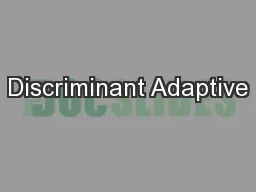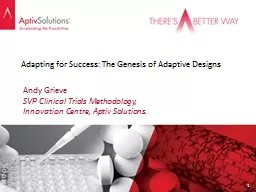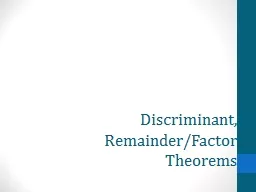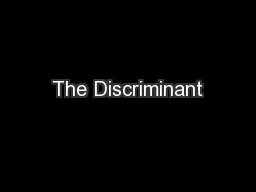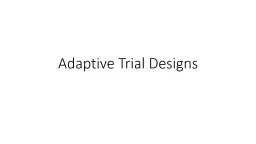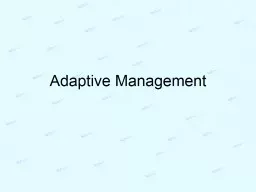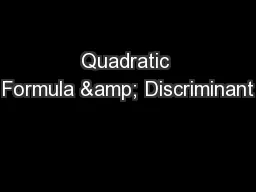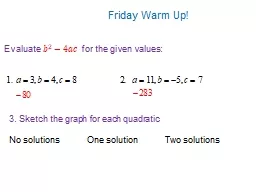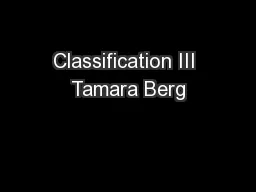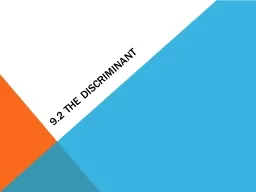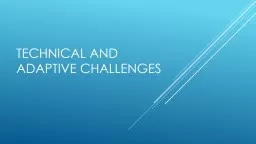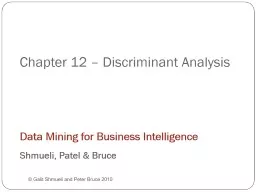PPT-Discriminant Adaptive
Author : test | Published Date : 2017-07-30
Nearest Neighbor Classification Ashifur Rahman About the Paper Authors Trevor Hastie Stanford University Robert Tibshirani University of Toronto Publication
Presentation Embed Code
Download Presentation
Download Presentation The PPT/PDF document "Discriminant Adaptive" is the property of its rightful owner. Permission is granted to download and print the materials on this website for personal, non-commercial use only, and to display it on your personal computer provided you do not modify the materials and that you retain all copyright notices contained in the materials. By downloading content from our website, you accept the terms of this agreement.
Discriminant Adaptive: Transcript
Download Rules Of Document
"Discriminant Adaptive"The content belongs to its owner. You may download and print it for personal use, without modification, and keep all copyright notices. By downloading, you agree to these terms.
Related Documents

